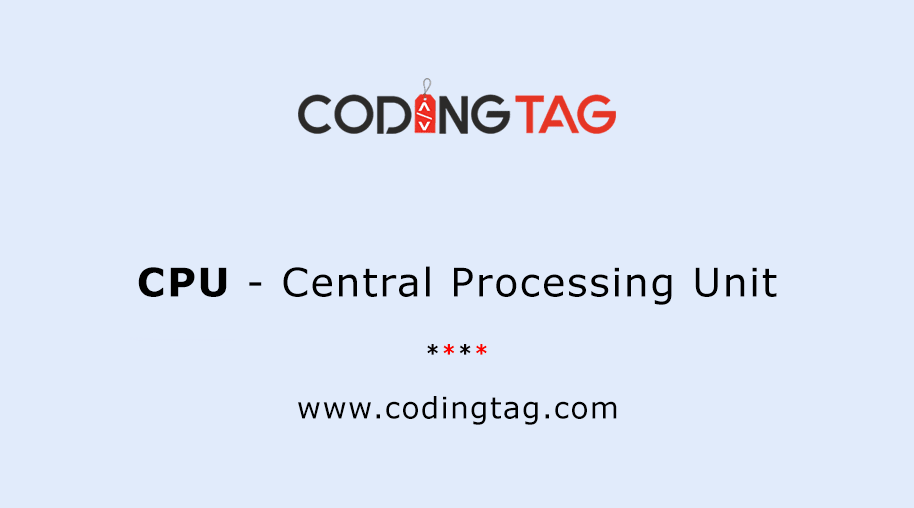ROA Full Form-Return on Assets
by Shashi Gaherwar
0 1684
Return on Assets (ROA): A Key Financial Metric for Business Performance
Return on Assets (ROA) is a crucial financial metric that measures a company's profitability in relation to its total assets. It reflects how efficiently a company utilizes its assets to generate profit. Investors, analysts, and business owners frequently use ROA to gauge a company's financial health and operational efficiency.

What is Return on Assets (ROA)?
ROA is a profitability ratio that shows how much net income a company earns from its total assets. Essentially, it measures how effectively a company is using its resources to produce earnings. A higher ROA signals better asset efficiency, while a lower ROA may indicate inefficiencies or over-investment in assets.
The formula for calculating ROA is:
ROA = (Net Income ÷ Total Assets) × 100
Here:
- Net Income: The profit after taxes and interest.
- Total Assets: The sum of all company assets, both current and non-current.
Importance of ROA in Financial Analysis
- Efficiency Indicator: Helps businesses understand how well they are utilizing their assets.
- Profitability Measurement: Shows how much profit management can generate from investments made in the company’s assets.
- Comparative Analysis: Allows for the evaluation of companies within the same industry.
- Investor Insight: Used by investors to assess a company’s financial stability and potential for growth.
Factors Affecting ROA
- Industry Type: Capital-intensive industries like manufacturing usually have lower ROA compared to service-oriented businesses.
- Asset Management: Efficient asset management, where assets actively contribute to revenue, improves ROA.
- Debt Levels: High debt reduces net income due to interest payments, negatively impacting ROA.
- Operational Efficiency: Strong cost control and consistent revenue growth boost ROA.
Interpreting ROA Values
- Above 10%: Indicates strong profitability and efficient asset use.
- 5%–10%: Suggests moderate efficiency, often depending on industry norms.
- Below 5%: Typically indicates weak profitability and potential operational inefficiencies.
ROA Compared to Other Financial Ratios
- Return on Equity (ROE): Focuses on shareholder returns, calculated as (Net Income ÷ Shareholder Equity) × 100.
- Return on Investment (ROI): Evaluates investment profitability, typically using (Net Profit ÷ Investment Cost) × 100.
- Each ratio provides unique insights into different aspects of a company's financial performance.
How to Improve ROA
- Optimize Asset Utilization: Minimize idle or underperforming assets.
- Increase Net Income: Boost revenue and maintain cost efficiency.
- Manage Debt Wisely: Lower interest costs to enhance profitability.
- Improve Operational Processes: Streamline workflows and boost productivity for better asset returns.
Return on Assets (ROA) is a vital financial indicator that plays a significant role in evaluating a company’s efficiency and profitability. By understanding and improving ROA, businesses can strengthen their financial performance, make themselves more attractive to investors, and secure sustainable growth in an increasingly competitive market.
Further Learning Resources
If you’re passionate about building a successful blogging website, check out this helpful guide at Coding Tag – How to Start a Successful Blog. It offers practical steps and expert tips to kickstart your blogging journey!
For dedicated UPSC exam preparation, we highly recommend visiting www.iasmania.com. It offers well-structured resources, current affairs, and subject-wise notes tailored specifically for aspirants. Start your journey today!

Share:








Comments
Waiting for your comments